Designed for increased capacity, stability & fine printing, we can seamlessly make custom fabricated, printed bags for your brand. Ideal for retail, promotional & industrial use, these bags can be made as per specifications & requirements.
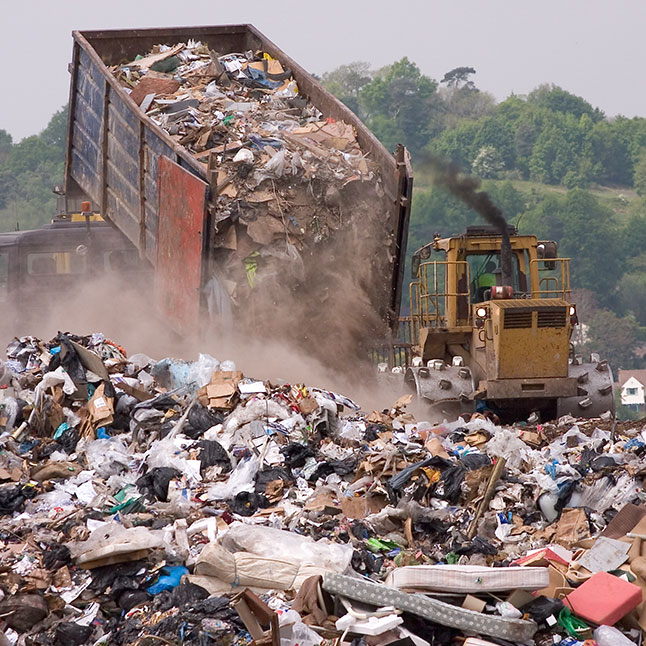
Megaplast’s durable and Highly resistant landfill HDPE liners have a primary function to create a low permeability barrier, which act as one of the essential lines of defence in protecting the groundwater. The groundwater is in potential danger of becoming contaminated from landfill leachate (which is liquid that migrates through the landfill); either from precipitation, or from that liquid already present in the waste. Both used in Municipal solid waste landfill and hazardous waste landfill.

Landfill capping prevent rain and rainwater runoff entering the landfill which would increase the amount of leachate that has to be treated and disposed. In addition, landfill capping helps to collect and remove landfill gas (LFG) from the landfill. Megaplast’s flexible LLDPE geomembranes limit seepage of rainwater into the landfill and are well suited to accommodate the strains and resulting stresses that arise from differential settlements of the waste. Megaplast LLDPE Geomembrane landfill caps serve multiple functions including containment of landfill gas (methane), minimizing odours generated by decomposition of the waste and preventing infiltration of rainwater increasing volumes of leachate. Generally, they are covered with soil and grass to protect the geomembrane and form an attractive landscape.

Animal agriculture is important to global food, nutrition, and economic security. Animals are raised primarily for food and non-food purposes such as companions, leather and even manure in some production systems. Some potential wastes generated during animal production operations include waste or left-over feed, wastewater, hatchery wastes, abattoir wastes and manure. Anaerobic digestion of manure produce energy, mainly biogas. Megaplast geomembranes are used to solve animal waste containment problem and helps in storage and reuse of methane gas.
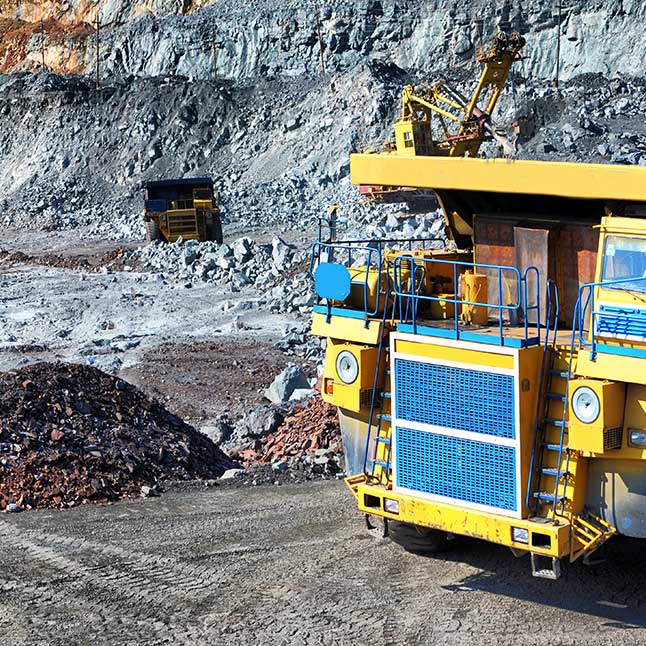
Megaplast Geomembranes helps in the performance of mining facilities where they are used for containment of process solutions, particularly in heap leach pads. Heap leaching is a mineral processing technology whereby large piles of crushed or ‘run-of-mine rock’ (or occasionally mill tailings) are leached with acidic chemical solutions that extract valuable minerals.

Megaplast geomembrane can be used in Tailings dams and ponds to prevent the release of concentrated mine chemicals into the environment and to improve consolidation of the tailings. Solution ponds with Megaplast Geomembranes helps retain mining chemicals and process water for retention, reuse, or treatment. These ponds and dams accumulate the solids remaining from the mining operation, often in the form of a fine sand. Tailings ponds with liner allow the sand to settle and the liquid to separate for reuse.

Megaplast Geomembranes Can be used to line salt evaporation ponds in warmer climates and even in harsh environments which are durable and offer excellent chemical resistance to salts, which is important because of the long-term exposure of the geomembranes to the brine.

Megaplast LLDPE geomembrane is good choices when the design criteria include high multiaxial strains in capping and closure of mines. Megaplast geomembrane cover facilitate deformation caused by differential settlement without failure of the containment.

Phosphogypsum stack system can create immediate and substantial hazard to human health, safety, or welfare, and to the environment by the chemicals, pollutants and hazardous substances, Megaplast geomembrane can be used for the lining of phosphogypsum reservoirs for the placement of dredge material, also lining the reservoir used for storing contaminated process water.
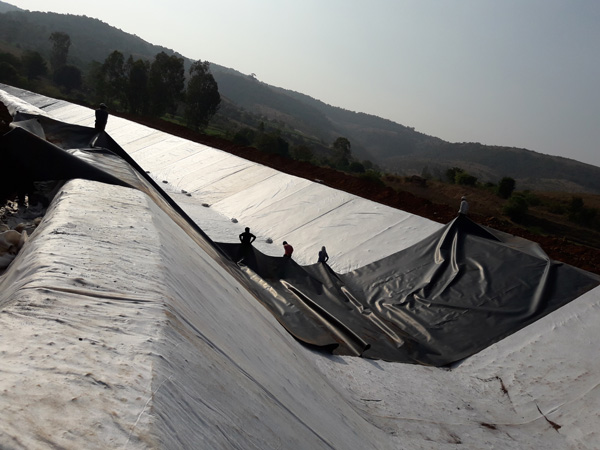
Megaplast Floating covers can be used for reservoirs to improve water quality, prevent water loss due to evaporation and reduce the amount of chemicals required for treatment. Megaplast Floating covers provide a cost-effective solution to issues of chlorine loss, water evaporation and contamination prevention. Usually, Megaplast geomembrane covers are one-eighth the cost of metal covers and feature a longer warranty. Plus, Megaplast floating covers allow construction on a large-scale basis (several hectares) in a way that rigid structures are not capable of.

Megaplast geomembranes can be used as Industrial floating covers for gas collection systems for odour control and for promoting anaerobic digestion by maintaining warm temperatures and used to collect gases from wastewater treatment lagoons, sludge ponds, aeration systems, flow equalization tanks and pre-treatment tanks.
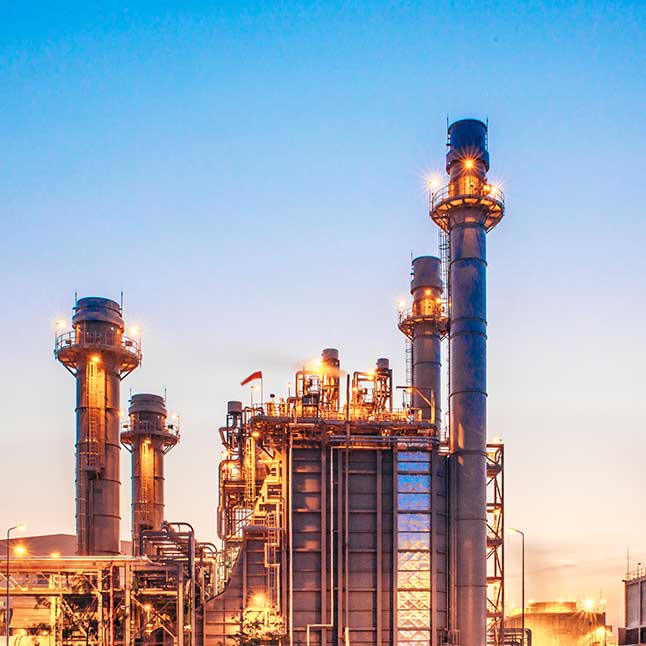
Secondary containment is defined as a means of surrounding one or more primary storage containers to collect any hazardous material spillage in the event of loss of integrity or container failure. Megaplast geomembranes acts as secondary barrier against the leaks and prevents containment

Pad drilling has helped the oil and natural gas industry to reach the unconventional resources, such as shale, that have boosted production and lower costs, leading to a boom in the oil and natural gas market. Megaplast geomembranes can contain a spill or leak, easy and fast installation at optimum price helps in containment.
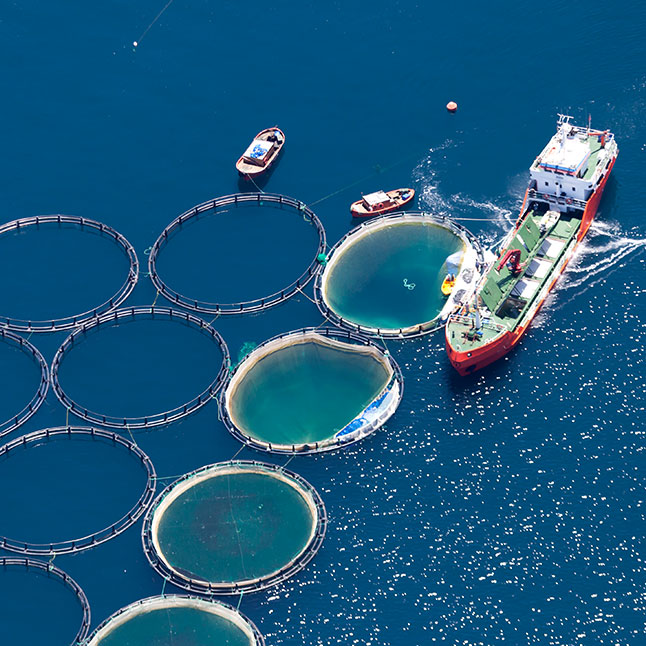
Aquaculture is a controlled process of cultivating aquatic organisms, (fishes', shrimps) especially for human consumption. Megaplast geomembranes are specially formulated to last long, reduce viruses, increase harvesting, and water quality, shorter pond cleaning time and increased profitability.
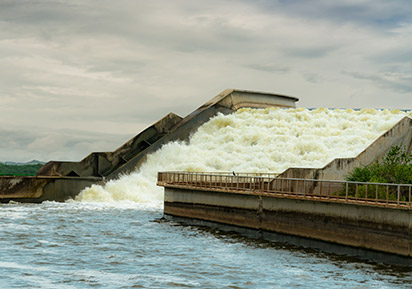

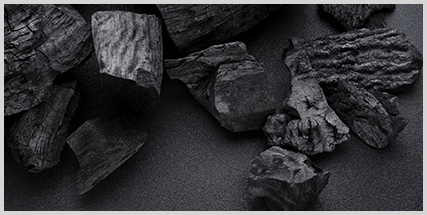
Coal combustion residuals, commonly known as coal ash, are created when coal is burned by power plants to produce electricity. Coal ash is one of the largest types of industrial waste generated. Coal ash contains contaminants like mercury, cadmium, and arsenic. Without proper management, these contaminants can pollute waterways, ground water, drinking water, and the air.
Megaplast geomembranes can be used for closures, dry ash, and wet ash impoundments for prevention of contamination of soil and groundwater.

Coal seam gas is natural gas found in coal deposits, typically 300-600 metres underground. Hydraulic fracturing, or ‘fracking,’ is used to extract coal seam gas. Hydraulic fracturing is the process of injecting fluid under high pressure into a coal seam to widen existing fractures and create new ones. Environmental impacts occur from the storage and disposal of extracted groundwater and the effects of chemicals used in drilling and hydraulic fracturing. Megaplast geomembranes which are durable, impermeable, and resistant to harsh chemicals and elevated temperatures can be used as effective solution to prevent contamination of ground water and soil.
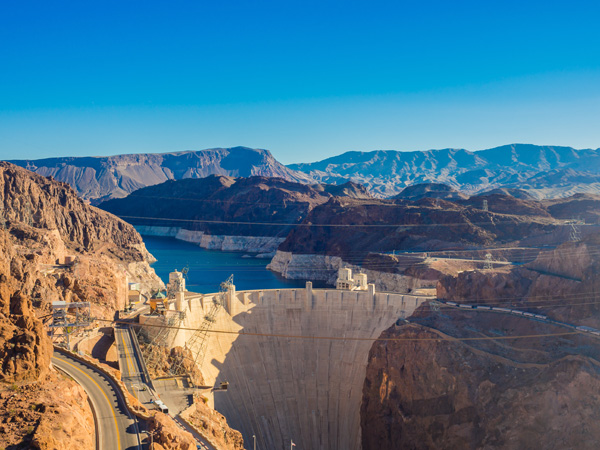
Geomembranes are manmade, low-permeability membrane liners or barriers formed into thin sheets used to control the migration of a fluid. A common application of geomembranes includes seepage barriers for geotechnical structures constructed essentially with soil and/or rock such as embankment dams.
Water proofing system should always be an integrated system of a tunnel structure in railways and Auto traffic. Water proofing in tunnelling is a key factor which has a major impact on the service lifetime. LLDPE geomembrane liners are the best option to use in tunnel water proofing against the aggressive attack of ground /external water pressure. it has durability for design life, ease of installation, maintenance and repair and they do not contaminate percolating water or ground water.

For more information. Please complete this form.